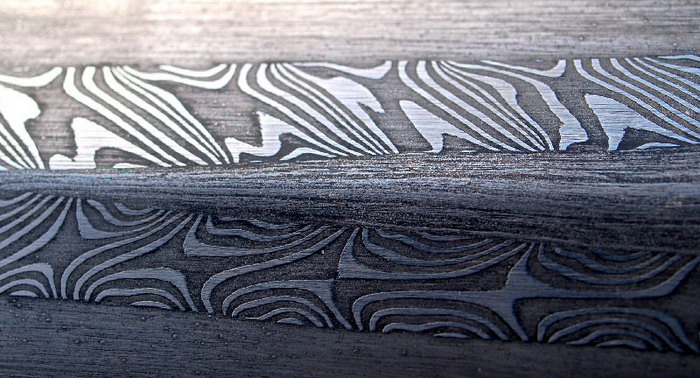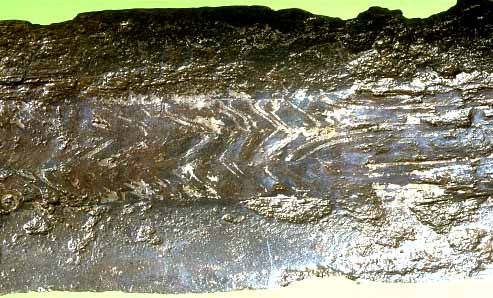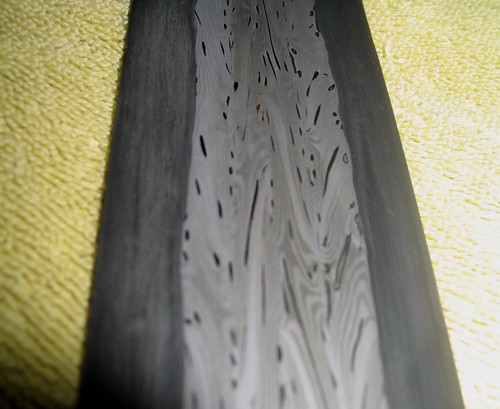wordwalker
 Auror
Auror
Excellent points, Malik. But I have to nitpick:
Not a sword made of one huge shard, but some central american tribes used wooden swords studded with obsidian shards. They had a very nasty high-powered slash, but tended to break or lose their "teeth" after a hit-- or, I guess, trying to beat their way past shields and things.
--That's another side of the question: how much of swords' weakness was that their edge got blunted after a few hits?
As for:
The classic katana also used this method, by coating different parts of the blade in clay (the varying heat also gave it its bend). Not the same process or results as an industrial-age approach to it, but the principle was out there.
Volcanic glass worked fine until someone came up with something better suited to swordplay: copper. No one ever used a sword made of volcanic glass. Arrowheads and spearpoints and the occasional knife, but not a full-sized sword.
Not a sword made of one huge shard, but some central american tribes used wooden swords studded with obsidian shards. They had a very nasty high-powered slash, but tended to break or lose their "teeth" after a hit-- or, I guess, trying to beat their way past shields and things.
--That's another side of the question: how much of swords' weakness was that their edge got blunted after a few hits?
As for:
Modern swords are hardened differentially; the spine and tang is drawn back to a forgiving temper and the edges are hardened separately. This makes the sword flexible but still super-sharp with excellent edge retention.
...
The ability to differentially harden a blade didn't exist until the industrial revolution. Until then, all steels were a compromise.
The classic katana also used this method, by coating different parts of the blade in clay (the varying heat also gave it its bend). Not the same process or results as an industrial-age approach to it, but the principle was out there.


 Inkling
Inkling



